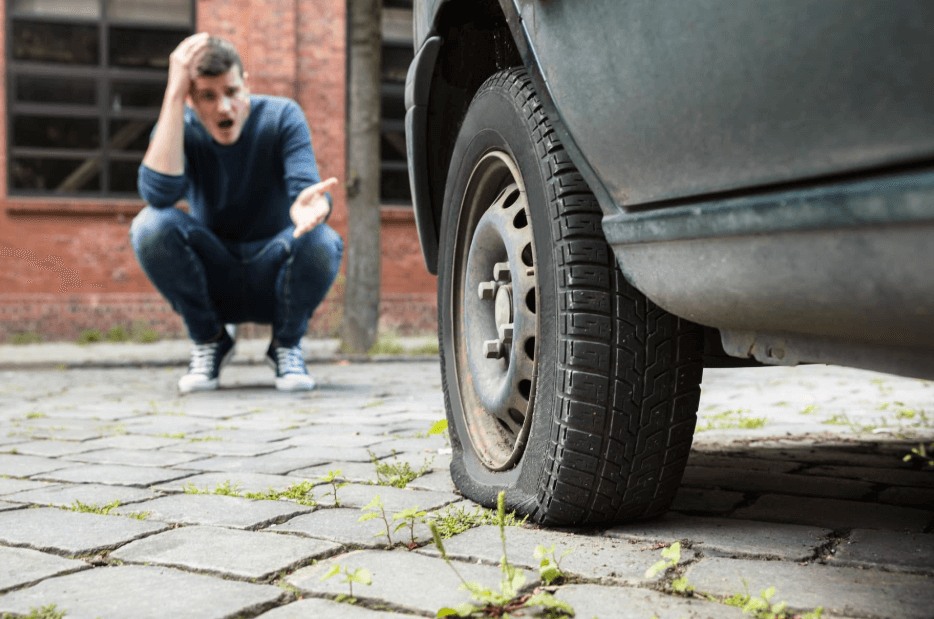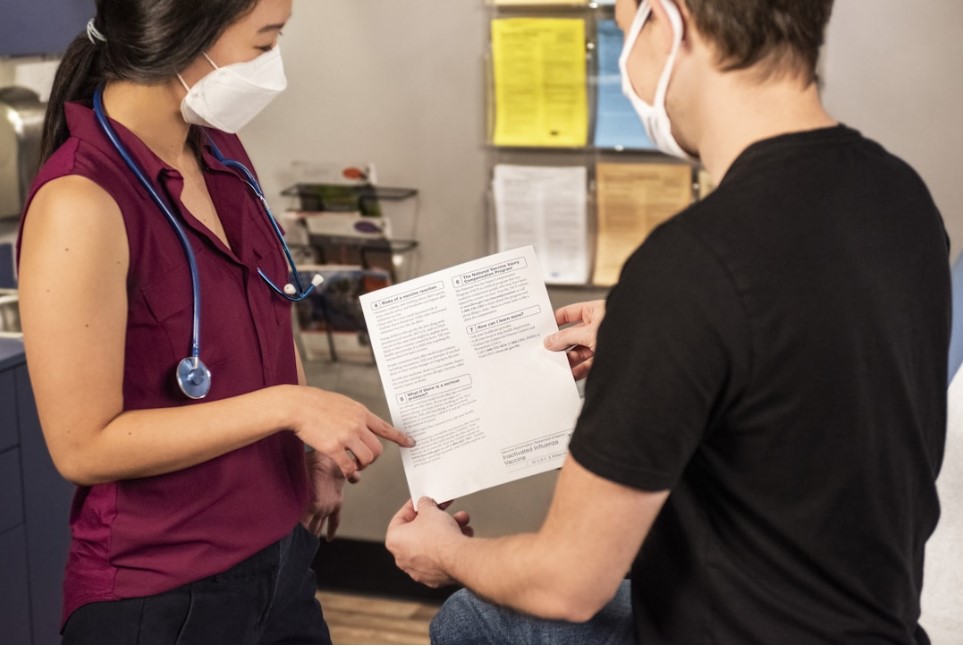Staying safe on the road is a paramount concern for drivers, passengers, and pedestrians alike. With the increasing number of vehicles on the road, the likelihood of accidents and unsafe situations is ever-present. Each driver has a crucial role to play in keeping the roads safe for themselves and others. By understanding potential risks and taking proactive measures, we can create a safer driving environment for everyone. In this article, we will discuss the importance of being aware of your surroundings, understanding the legal requirements for driving, and maintaining your vehicle in optimal condition.
Awareness of Your Surroundings
Awareness is one of the most critical components of safe driving. Drivers must constantly be vigilant, monitoring not just their immediate surroundings but also the actions of other road users. An alarming statistic reveals that approximately 700,000 hit-and-run accidents occur across the nation each year. This figure underscores the importance of being prepared for the unexpected and recognizing that not all drivers may act responsibly.

Practiced situational awareness can significantly enhance your ability to avoid accidents. This includes being mindful of pedestrians, cyclists, and other vehicles, as well as anticipating potential hazards such as road debris or inclement weather. By staying alert and attentive, drivers can respond more effectively to unforeseen circumstances, ultimately contributing to a safer driving environment for everyone.
Legal Requirements
Understanding the legal obligations of driving is essential for maintaining road safety. One crucial aspect is ensuring that you have valid car insurance. Surprisingly, about one in seven drivers operate a vehicle without insurance, leaving themselves and others vulnerable in the event of an accident. Uninsured drivers can complicate the claims process and lead to significant financial and legal repercussions for everyone involved.
In addition to having insurance, it is essential to be aware of local traffic laws and regulations. This knowledge not only helps drivers avoid legal issues but also fosters a culture of accountability on the road. Familiarizing yourself with speed limits, traffic signals, and other road rules is a straightforward way to contribute to safer driving conditions. By being compliant with these regulations, drivers can reduce their risk of accidents and promote a more secure driving atmosphere.
Vehicle Maintenance is Key
Regular vehicle maintenance plays a vital role in ensuring safety on the road. Many parts of your vehicle also contribute to your overall safety. One often overlooked aspect of maintenance is the condition of your transmission fluid. It’s recommended that you regularly change your transmission fluid, noting that service intervals for newer vehicles can sometimes exceed 100,000 miles before a change is necessary. Keeping your vehicle well-maintained reduces the likelihood of mechanical failures that could lead to accidents.
Proper maintenance extends beyond just transmission fluid; it includes checking brakes, tires, lights, and other essential systems regularly. A well-maintained vehicle not only performs better but also provides drivers with greater control and stability while on the road. By committing to routine inspections and maintenance, you can enhance your safety and the safety of others while driving.
Conclusion
Staying safe on the road is a multifaceted endeavor that requires awareness, understanding of legal obligations, and diligent vehicle maintenance. By being alert to your surroundings, ensuring compliance with insurance requirements, and maintaining your vehicle in optimal condition, you can significantly reduce your risk of accidents. The responsibility of road safety lies not just with individual drivers but also with society as a whole. By fostering a culture of safety and accountability, we can all contribute to making our roads safer for everyone. Remember, proactive measures taken today can prevent accidents tomorrow, ensuring that you and your loved ones arrive safely at your destinations.








